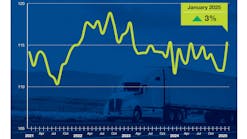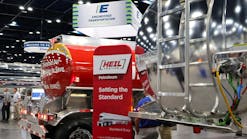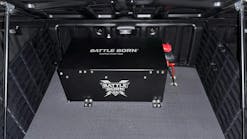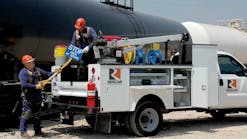Among the many issues raised at a hearing held by the US Senate Committee on Commerce, Science and Transportation, two caught the attention of small-business truckers. One was connected directly to infrastructure and one was not, but both are closely related to highway safety.
Truck parking and CDL requirements were brought up during the “America’s Infrastructure Needs: Keeping Pace with a Growing Economy” hearing, both of which the Owner-Operator Independent Drivers Association (OOIDA) and its members have an interest.
“We appreciate some of the witnesses highlighting the truck parking crisis,” said Todd Spencer, OOIDA president. “For too long, Congress and federal transportation agencies have done very little to address this issue. Truckers need more safe places to park, not more studies that do nothing to increase or preserve capacity. This is a critical highway safety issue that deserves dedicated federal funding.”
OOIDA objected to a recommendation from the American Trucking Associations (ATA) aimed at addressing the truck driver shortage by lowering the minimum age for a commercial driver’s license from 21 to 18.
“If safety is the top priority when considering a change to a regulation, when it comes to age, the number should be raised, not lowered,” said Spencer. “We also disagree that there is a driver shortage. There is very high turnover, or churn, but no shortage.”
OOIDA has long opposed efforts to lower the age for driving a large truck and refers to the claims of a driver shortage as mainly mythical, according to Spencer. OOIDA also contends that any issue with retention could be mitigated with other solutions that would be safer for all highway users. For example, compensation has been shown to be tied directly to highway safety, as revealed in a study by Michael Belzer, an economics professor at Wayne State University. His study suggests there is a strong correlation between truck pay and highway safety.
“Most carriers with high turnover do so by design,” said Spencer. “They could deal with driver turnover by offering better wages and benefits and improved working conditions. But putting younger drivers behind the wheel of a truck isn’t the solution because it does nothing to address the underlying issues that push drivers out of the industry. It merely exacerbates the churn.”









